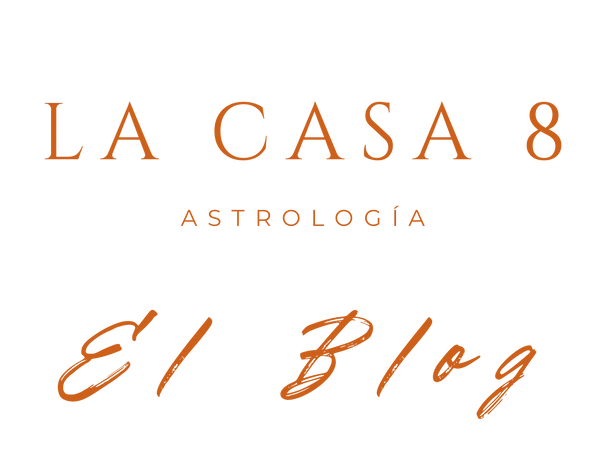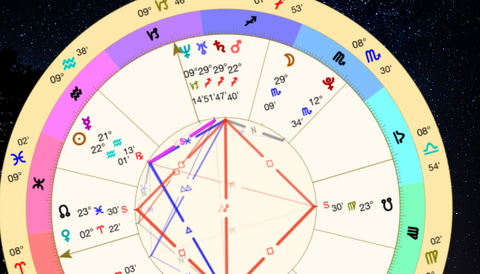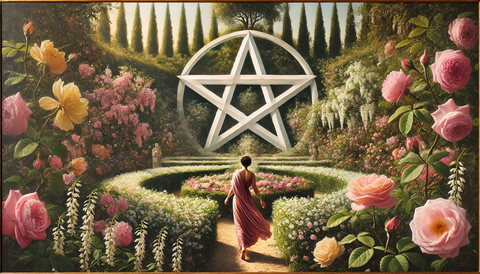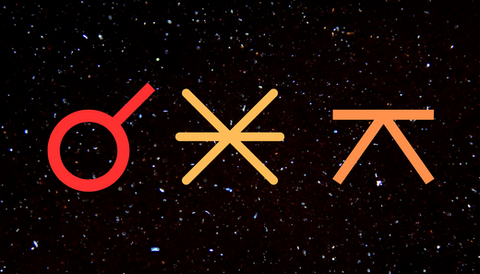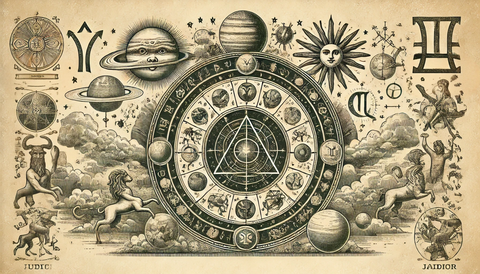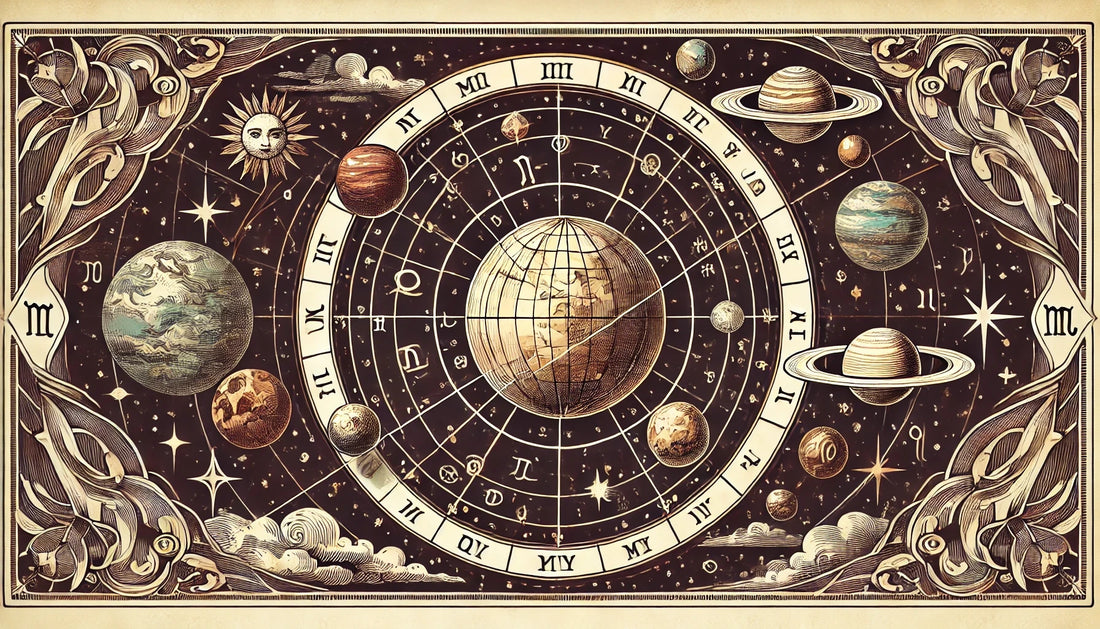
Introduction to Aspects in Astrology
In astrology we work with the celestial sphere, which is a representation of the sky divided into 360 degrees . The ecliptic is located within it, the apparent path that the Sun follows and where the zodiac is located. Within these 360 degrees, the planets, asteroids and other important points are in constant motion , continuously forming angles with each other. However, not all angles formed between these elements have the same impact or meaning. Astrology focuses on certain specific angles that are considered significant in interpreting and understanding the...
Create your account to read the full article.
